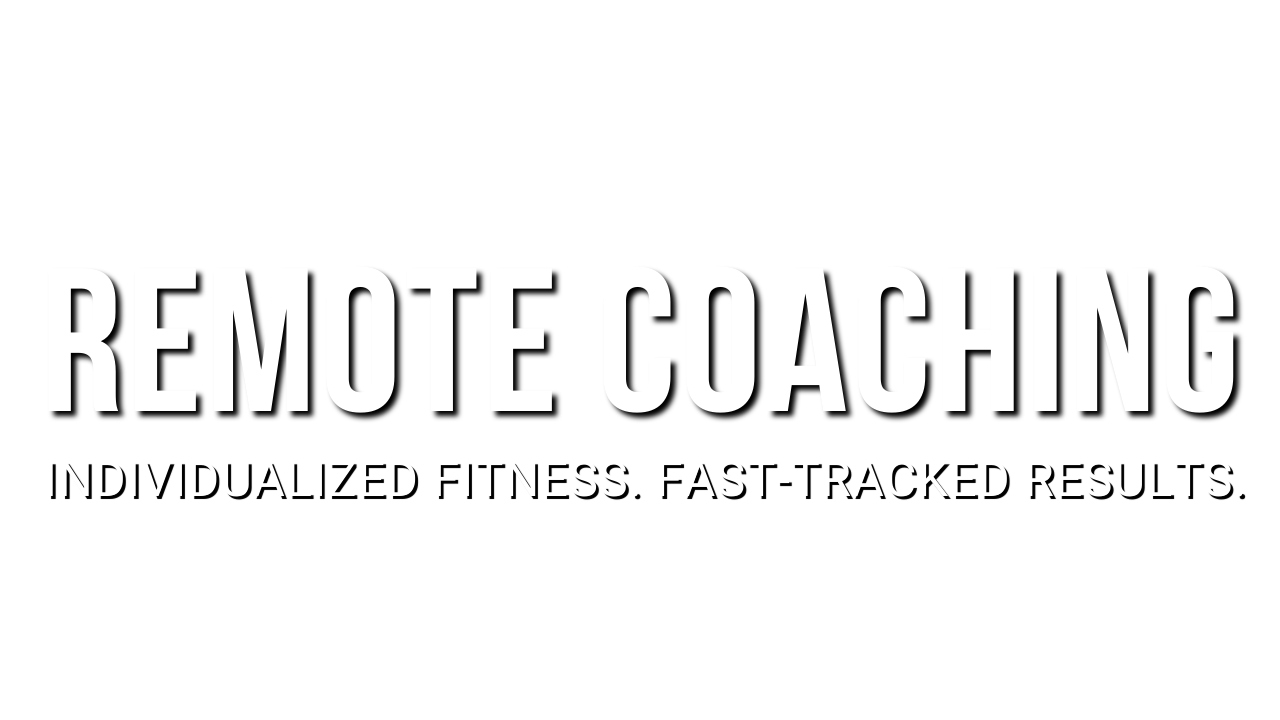Competing Physiology
Most athletes intuitively understand that you can’t be the best in everything.
However, most of them can’t articulate the mechanism for this or the physiological underpinnings.
An elementary -yet helpful- way to explain these limitations is “adaptation currency.”
You only have so many ” training dollars” to spend. If you put all your dollars in the same jar, the sum will add up quicker than if you spread them out.
And it’s not only expensive to adapt to training, it’s also costs precious dollars to keep multiple “accounts” open. There is an energetic price to be paid for maintaining qualities, although it’s notably cheaper than pushing new adaptations.
Basically, training strength and capacity together often compete for an athlete’s “adaptation currency.”
The idea is simple: each athlete has limited resources to spend on training. Therefore, you have to prioritize the things that matter most.
Furthermore, we know the body adapts to what we expose it to…aka. the SAID Principle: Specific Adaptations to Imposed Demands.
If an athlete runs long distances slowly, she can expect to get better at running long distances slowly.
Now, that athlete might be able to say that she also will get better at other activities that require endurance (like long, slow cycling), but since the adaptation is less specific, the carryover is less clear.
This alludes to the idea behind the Critical Systems Theory: your physiology will organize the essential components necessary to complete a task.
To simply this, think of your body like a sports video game where you can create a custom player. There are sliders from 1-99 that you can manipulate back and forth to increase their speed, endurance, agility or accuracy.
However, in real life, as you push up the level of one quality, it means inherently that another one is going down.
Let’s look at three different “sliders” we manipulate in your physiology…
(1) Fiber Type Skew
What are the limitations?
An athlete will always either have majority fast twitch or majority slow twitch fibers.
If you want to have world class strength (or) world class capacity, you must specialize.
An individual’s fiber type profile will vary based on the muscle group, but also other factors like genetics, activity level, and training type.
What can you do about it?
Saying a fiber is fast or slow twitch is an oversimplification. The truth is muscle fiber bias occurs on a spectrum.
Matt Weibke explains in this video how a well designed training program can cause fast twitch fibers to become more fatigue resistant and how slow twitch fibers can become stronger.
You can certainly work to get the best of both worlds, but of course there are limitations.
No one is going to win the Boston Marathon and USAPL Nationals in the same calendar year.
Evan Peikon
Again, if the goal is to be world class, you must specialize.
However, virtually everyone is leaving performance on the table on both the strength and capacity front when it comes to concurrent training.
The CrossFit Games have really shown what athletes can be capable of concurrently.
Adam Klink running a 5:00 Mile and Back Squatting 500lbs in the same day in an excellent example of this.
Sure, he can’t compete with world class metrics like back squatting 800lbs and running a 4:00 mile, but he also way stronger than the average recreational powerlifting and faster than the average runner.
(2) Energy System Dominance
What are the limitations?
The body creates energy to do work through the interplay of the three energetic pathways. A simple way to think about the difference is power versus endurance.
A powerful athlete produces way more work than an enduring athlete in a short event. However, this comes at the cost of generating a lot of fatigue quickly by blocking off blood flow and “spending” their fast twitch fibers.
An enduring athlete produces lighter contractions and has more steady blood flow. Basically, their systems have been optimized for sustainability. The consequence is they won’t be able to produce as much force in a short period of time (power).
What can you do about it?
Doing concurrent training demands adaptations to both strength and endurance stimuli. Training in this way will encourage development of all three of the energy systems, and also your entire spectrum of fiber types.
By training strength and capacity, you are preserving your maximal power output while developing your sustainability (or vice versa).
(3) Tension Gradient
What are the limitations?
Strength and power activities require high amounts of tension and stiffness. This is true both at the local muscle and at the systemic level.
Consider the amount of tension Ray Williams needed to brace and move his 490kg/1080lbs World Record raw squat.
If you want to express strength (aka. get strong & stay strong) you need to be able to create high tension and rigidity.
If you want to have great capacity you need to have steady blood flow and great cardiopulmonary function. The heart often loses this tug-of-war for powerful athletes.
To have a steady oxygen supply requires a high ventilation rate, which requires lots of freedom and movement of the muscles of the abdomen.
To have steady blood flow requires lower muscular tension so the heart can push blood into the working muscle.
What can you do about it?
Step one is knowing that when you are doing a lot of strength training, your systemic tension will rise, and when you are doing a higher volume endurance protocol, systemic tension will fall.
One big takeaway here is that when you have more tools (e.g. strength AND endurance), then you must develop the ability to learn how to use each of them based on the task at hand.
Being an excellent mechanic requires knowing how to use a lot of tools.
Being an excellent mechanic and plumber and electrician requires even more.
Practically speaking, learning to have great strength and capacity requires learning to control your pacing, level of arousal, systemic tension and contraction strength.
After all, the goal is to use the minimum amount of strength to successfully complete the job (movement economy).
This is one more way that concurrently training strength and capacity requires a diverse skill set.
To learn more about how to manipulate tension based on workout demands, I recommend you read Breath Work for the Sport of Fitness
Sample Scenarios
Hybrid Athlete Example
Priorities: Running & Powerlifting
CrossFit Athlete Example
Priorities: Weightlifting & Rowing
Key Learnings
(1) Get Specific
If you are vague with your goals and your training isn’t clearly directed towards a measurable outcome, you aren’t going to see long-term development as an athlete.
Your goal can’t be to “get stronger” or “build your engine.” You need to identify specific patterns and parameters for the things you want to change.
(2) Seasonality
I’ve said it multiple times already and I’ll say it again, you can’t get better at everything all the time.
Unless you’re a new trainee, you can’t push the envelope of your capabilities in all directions. Pick a specific, clearly defined direction and know when and how to push your physiology in that direction.
(3) Stress is Stress
Training is stressful. Stress drives us to make change. Without stress there is no adaptation.
However, too much stress or the wrong type of stress becomes maladaptive. It doesn’t matter if it’s an argument with a spouse, bills needing paid, or snatches and burpees.
If you want to adapt faster to the variety of training stimuli you are throwing at your body, you have two options.
First, you can increase your amount of “adaptation currency” through improving restorative habits (e.g. sleep, nutrition, movement, mobility).
Second, you can spend less of your “adaptation currency” by limiting your stressors outside of training (e.g. career, relationships, finances, responsibilities).


